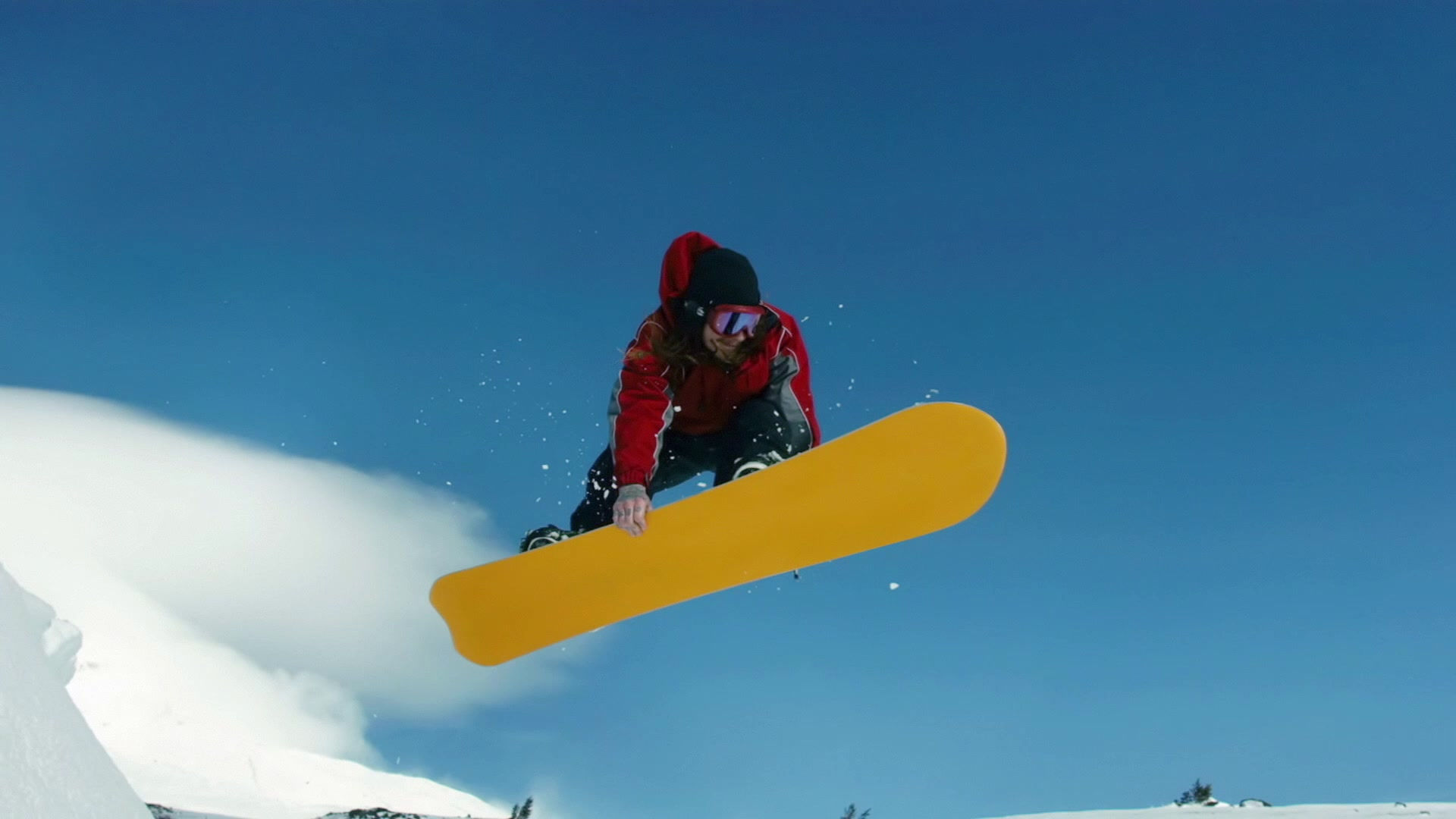

Georgia's ancient and vibrant capital city spreads out on both banks of the Mtkvari River, and is surrounded on three sides by mountains. The most widely accepted variant of the legend of Tbilisi's founding says that in the mid-5th century AD, King Vakhtang I Gorgasali was hunting in the heavily wooded region with a falcon
Go to link
The city beach is next to the Boulevard. The beaches in Batumi and its vicinities are stony without sand. To the east from the beach there are theatres, cinemas, restaurants, cafes with great food and other entertainments. The residential quarters of Batumi are seen from afar due to their rainbow coloring. The matter is that each house there is painted with certain color.
Go to link
Twenty-five is an area of easy skiing located on the Circular, near the old 25 meter ski-jump which gives the area its name. Here beginners and children can learn to ski in a safe and pleasant environment, surrounded by the might Caucasus mountains. You can also toboggan and sledge here, or take a horse drawn sleigh- ride through the ancient forests.

It is one of the districts of the Samtskhe-Javakheti region and is situated in the northwestern part of the region in the picturesque Borjomi Gorge on the eastern edge of the Borjomi-Kharagauli National Park. The town is famous for its mineral water industry.Borjomi is also home to the most extensive ecologically-themed amusement park in the Caucasus.

Kutaisi, the capital of Imereti, is Georgia’s second largest city after Tbilisi. Elegant, tree lined streets with 19th century houses stretching down to the banks of the Rioni River, along with several attractive parks, make Kutaisi a very beautiful place to stroll around and take in the many sights.

The original fortress, constructed on a hilltop, was named Gori (meaning hill in English), and was mentioned in the Georgian chronicles as early as the VII century. Some historians believe that the fortress was built by Byzantine Caesar Heraclius to store ammunition battles against the Persians.
GALLERY






